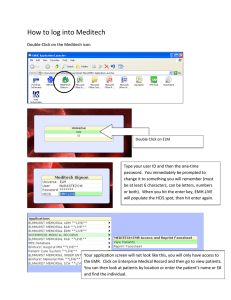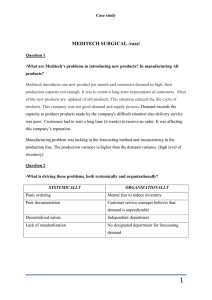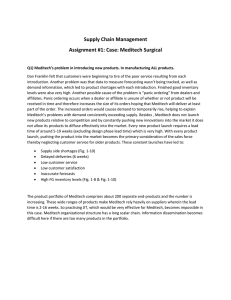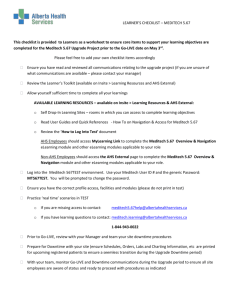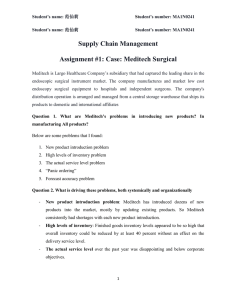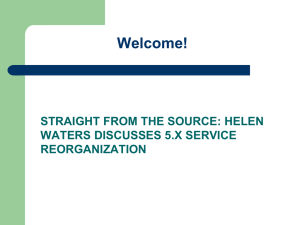Q1)Meditech’s problem in introducing new products. In manufacturing ALL products.
advertisement
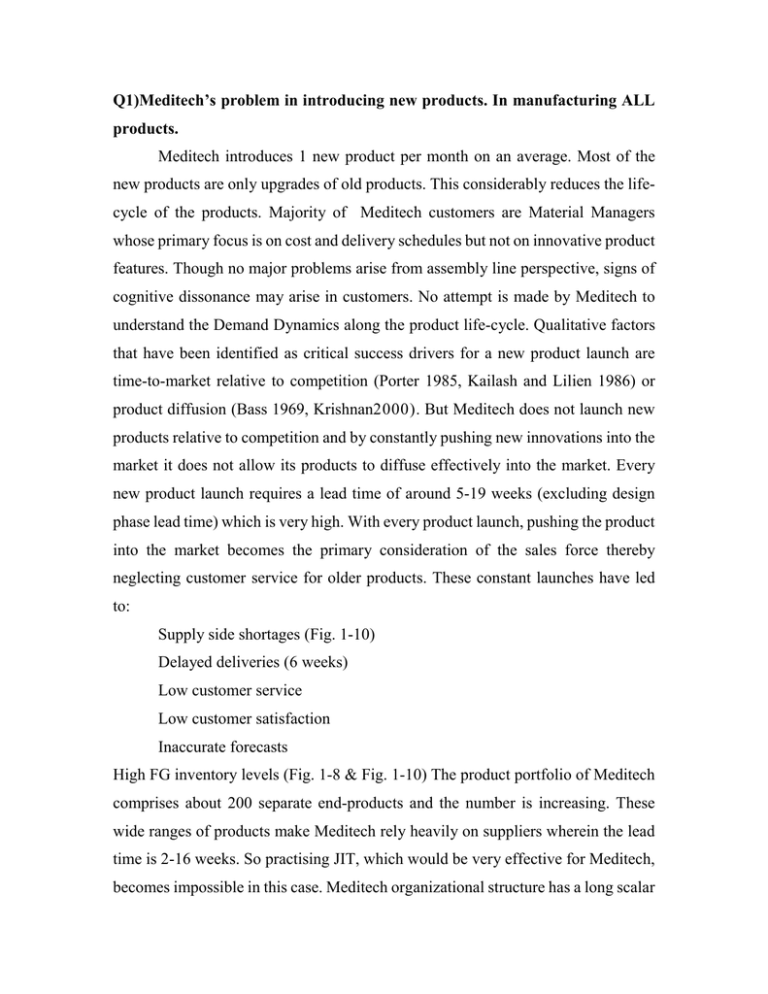
Q1)Meditech’s problem in introducing new products. In manufacturing ALL products. Meditech introduces 1 new product per month on an average. Most of the new products are only upgrades of old products. This considerably reduces the lifecycle of the products. Majority of Meditech customers are Material Managers whose primary focus is on cost and delivery schedules but not on innovative product features. Though no major problems arise from assembly line perspective, signs of cognitive dissonance may arise in customers. No attempt is made by Meditech to understand the Demand Dynamics along the product life-cycle. Qualitative factors that have been identified as critical success drivers for a new product launch are time-to-market relative to competition (Porter 1985, Kailash and Lilien 1986) or product diffusion (Bass 1969, Krishnan2000). But Meditech does not launch new products relative to competition and by constantly pushing new innovations into the market it does not allow its products to diffuse effectively into the market. Every new product launch requires a lead time of around 5-19 weeks (excluding design phase lead time) which is very high. With every product launch, pushing the product into the market becomes the primary consideration of the sales force thereby neglecting customer service for older products. These constant launches have led to: Supply side shortages (Fig. 1-10) Delayed deliveries (6 weeks) Low customer service Low customer satisfaction Inaccurate forecasts High FG inventory levels (Fig. 1-8 & Fig. 1-10) The product portfolio of Meditech comprises about 200 separate end-products and the number is increasing. These wide ranges of products make Meditech rely heavily on suppliers wherein the lead time is 2-16 weeks. So practising JIT, which would be very effective for Meditech, becomes impossible in this case. Meditech organizational structure has a long scalar chain. Information dissemination becomes difficult here if there are too many products in the portfolio. Q2) Cause of the problems, systematically and organizationally ISHIKAWA FISH-BONE DIAGRAM WAS USED TO DISSECT THE CAUSE AND EFFECT Management Manpower Focus on sales Very long scalar chain Frequent changes in process flow Slow information Flow Weak Machinery Weak service levels High lead time of 2 weeks Strategies Problems discussed in Q1 Too dependent on suppliers No data collection High lead times of 2-16 weeks Incorrect forecasting High FG inventory levels Very long forecasting horizon of 1 year High safety stock levels Panic ordering Short product life cycle Materials Methods Ineffective delivery schedules No risk Pooling 3) Why is customer service manager the first person to recognize the major issues? The scalar chain from Customer Service Manager to the Customer Service Representative is only of two steps. The representatives work in direct contact with dealers and affiliates and are often in direct contact with hospital personnel i.e. their consumers. A general rule of this network would have proved effective for feedback-information flow. Mr. Dan Franklin himself held many meetings with hospital material managers. This brought forth the level of dissatisfaction amongst his customers, Meditech’s poor service levels and improper delivery schedules. Q4) How would you fix these problems? The foremost thing I would do is implement an ERP System costing around $100,000. This would help in better data storage & warehousing, analysis and forecasting. I would reduce the frequency of new product launches. I would prefer a leaner product proved effective for feedback-information flow. Mr. Dan Franklin himself held many meetings with hospital material managers. This brought forth the level of dissatisfaction amongst his customers, Meditech’s poor service levels and improper delivery schedules.Q4) How would you fix these problems? The foremost thing I would do is implement an ERP System costing around $100,000. This would help in better data storage & warehousing, analysis and forecasting. I would reduce the frequency of new product launches. I would prefer a leaner product. Q5) Give a similar example of Supply Chain Management FLY-ASH Supply Chain at BMM ISPAT 25MW Captive Power Plant The fly ash coming out from the APH flows into the ESP for precipitation and then into the Silo Tank. Its temperature is around 150 deg. C and un-burnt carbon is around 40%. So in the present supply chain, this high energy fly ash gets wasted. A consultant was hired to study this and he suggested a modified supply chain given below. Boiler Air Pre Heater Electro Static Precipitator Compressor Tankers Silo Customers Boiler Electro Static Precipitator Air Pre Heater Compressor Tankers Silo Customers
